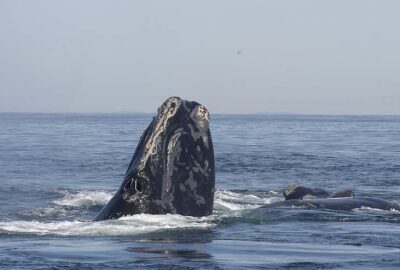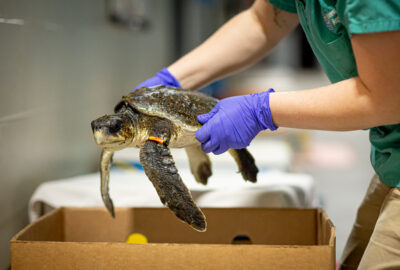Commemorating the Anniversary of the Endangered Species Act
By New England Aquarium on Wednesday, December 20, 2023

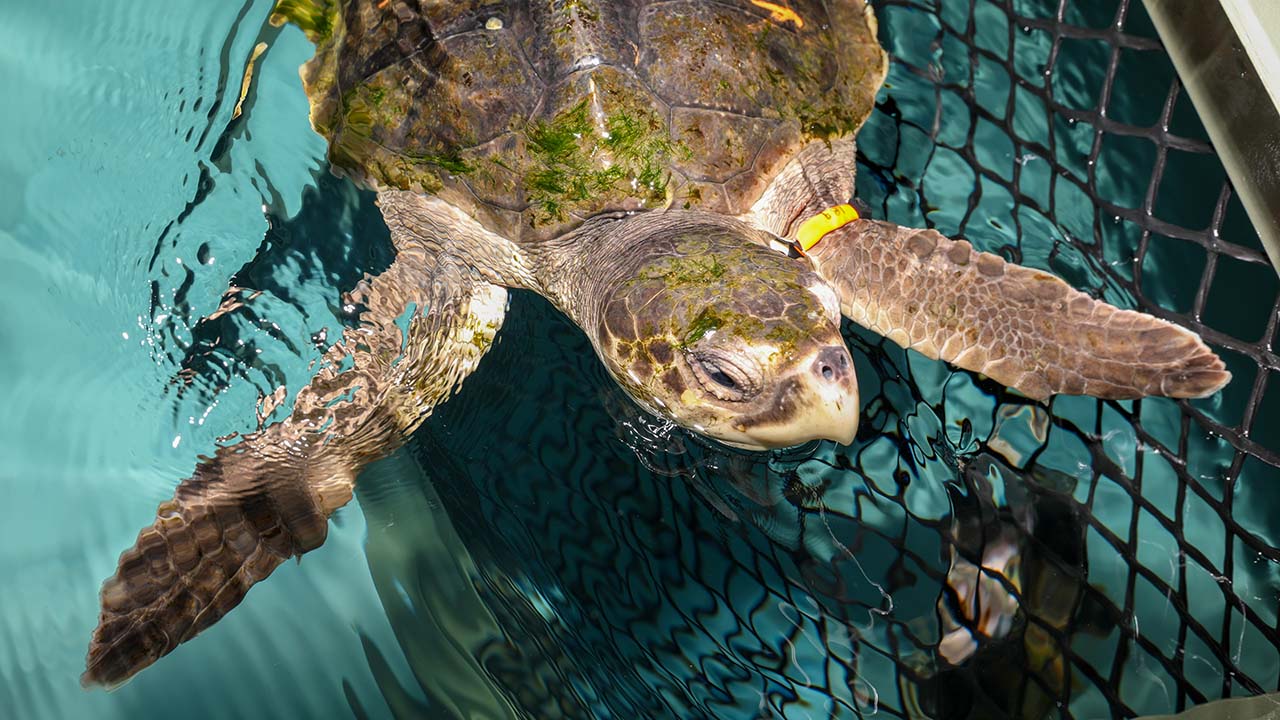
On December 28, 1973—just three years after the first-ever Earth Day, and as the environmental movement gained traction across the country—Congress passed the Endangered Species Act (ESA). The ESA became one of the country’s bedrock laws to protect, conserve, and recover animals and plants in danger of extinction and safeguard their important habitats.
Fifty years later, the law remains one of the most effective at protecting at-risk species. According to the US Department of the Interior, it’s “been credited with saving 99% of listed species from extinction,” including animals such as the California condor, American alligator, and certain population segments of humpback whales. Since its inception, the ESA has been foundational to the work of organizations like the New England Aquarium that work on species conservation, and, today, remains an essential law. As we look to the future, it’s vitally important for the ESA to continue being a strong tool for protecting wildlife and their habitats—especially when we consider how much work remains to be done. The anniversary comes at a crucial time of year: it coincides with the annual calving season for the critically endangered North Atlantic right whale and cold-stunning season for endangered sea turtles.
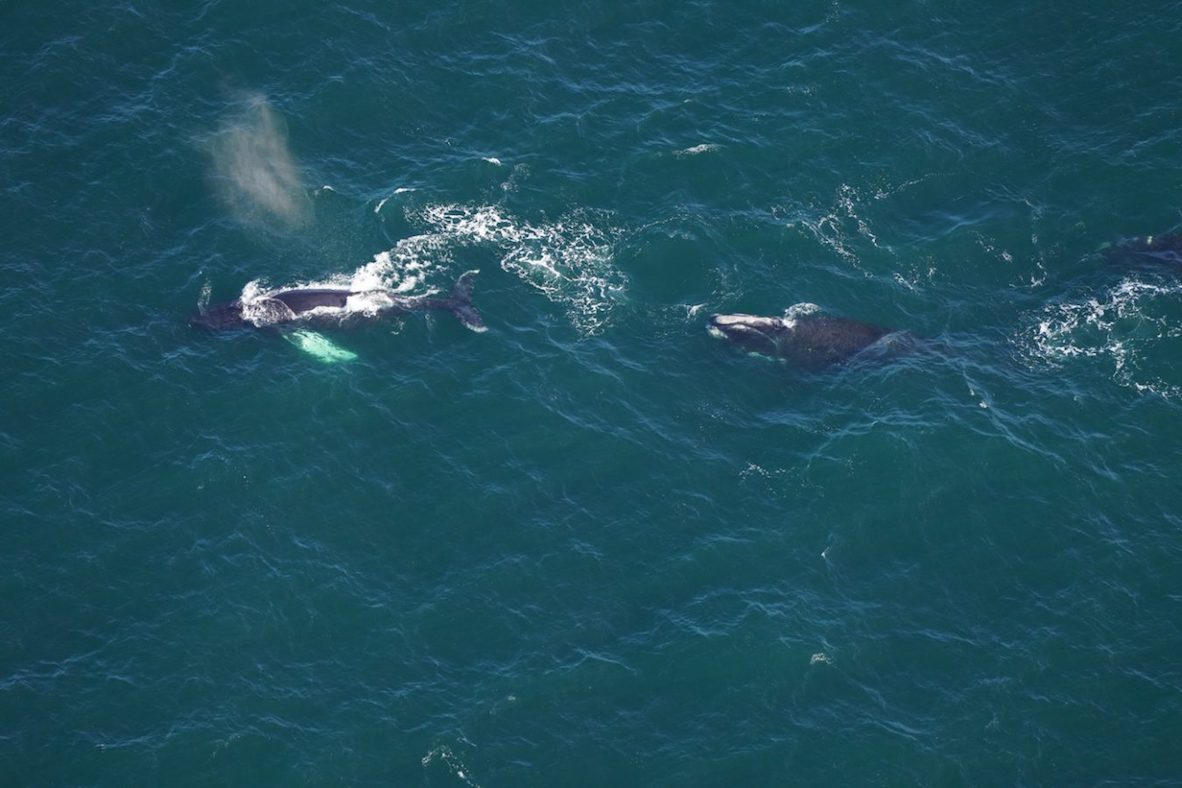
What one right whale can tell us about conservation
With an estimated 356 individuals remaining, North Atlantic right whales are one of the most critically endangered animals on the planet. Climate change and human activity in the ocean pose the biggest threat to their survival, as entanglement in fishing gear and vessel strikes result in poorer health outcomes, reduced reproduction rates, and increased mortality for the species.
Wart (Catalog #1140), a female right whale, underscores the importance of even one whale’s life. She has given birth to seven calves since 1982, and she has up to 14 grand calves and six great-grand calves. Her large family tree highlights her contribution to the population—and shows how deeply right whales are affected by the ongoing harm they face. Wart and nearly all her relatives have been involved in an entanglement or boat strike and, as of late 2023, four are dead or presumed dead.
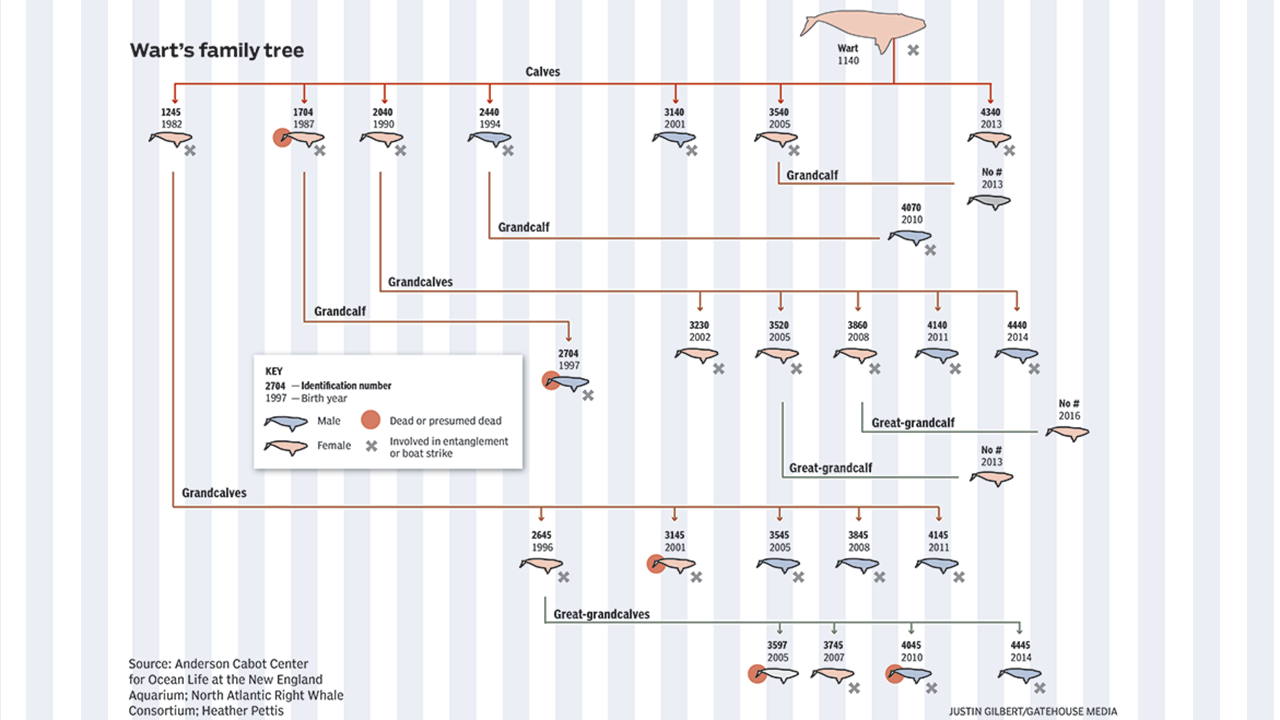
The ESA has led to many successes—but as Wart and her family show, there is still more to do. Scientists in our Anderson Cabot Center for Ocean Life have been studying right whales for more than 40 years, and they continue to work tirelessly to help mitigate the dangers of entanglement and vessel strikes to these critically endangered animals. Research from our right whale team has helped contribute to federal vessel speed rules to reduce the risk of lethal and sublethal vessel strikes and regulations to expand the use of on-demand fishing gear to limit entanglements, which can greatly reduce the threats to right whales. As the Aquarium works toward solutions to these and other threats, the arrival of right whale calving season each year, with this year’s first calf spotted in late November, brings hope for the species and the ongoing lineage in family trees like that of Wart.
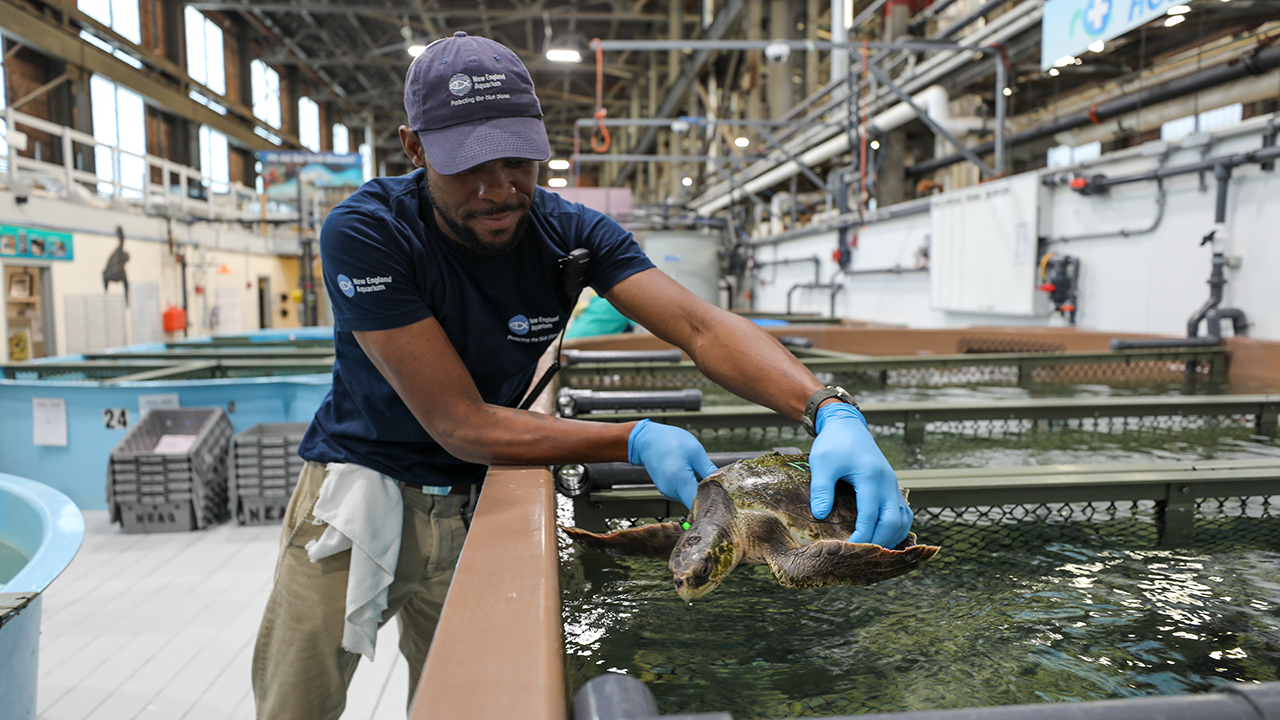
Climate change is increasing animals’ need for help, including sea turtles
Sea turtle research, rescue, and rehabilitation also make up a large part of the Aquarium’s ocean conservation efforts. From studying leatherback sea turtles to caring for stranded turtles at our Sea Turtle Hospital, our work reaches six of the seven species of sea turtle—many of which spend time in New England waters.
This time of year is also sea turtle cold-stunning season, when sea turtles that have found themselves stuck in Cape Cod Bay wash ashore suffering from hypothermia. Rescued cold-stunned Kemp’s ridley, green, and loggerhead sea turtles spend weeks or months at our Sea Turtle Hospital in Quincy until our veterinarians medically clear the sea turtles to be transferred to other institutions for continued rehabilitation or to be returned to their ocean home.
The ESA was designed to protect sea turtles like these—but it’s clear that because climate change impacts their habits, these animals’ needs are changing. The number of annual cold-stunned sea turtle strandings in Massachusetts has steadily risen from around 50 in the year 2000 to a high of more than 700 in 2021. So far this year, our Sea Turtle Hospital has seen more than 300 rescues arrive, with 134 sea turtles coming in over the course of just five days in early December. Researchers have predicted through statistical modeling that by 2031, these events may bring thousands of sea turtles to our shores annually.
That’s why we worked with Senator Ed Markey (D-MA) to introduce The Sea Turtle Rescue Assistance Act, which would establish a grant program for volunteer and non-profit sea turtle rescue and rehabilitation operations like ours, helping ensure we can continue this critical rescue work.
Continuing a legacy of protecting wildlife
As we commemorate the 50th anniversary of the ESA, we encourage all Aquarium visitors to make connections between the many animals in our care and those in the wild—from our African and rockhopper penguins to the delicate live corals—that have benefitted from this law.
The successes of the ESA highlight the good that arises from collective action to protect wildlife and their important habitats. The Aquarium will continue to work with our partners to support a strong ESA in the face of efforts to undermine its effectiveness to help ensure this progress endures. After 50 years, the work to protect at-risk species and habitats must continue, particularly in a changing climate that is affecting us all.

